Tag: City Point & Army Line Railroad (CP&AL)
Wikipedia says: In 1836, the Virginia House of Delegates approved a charter for the City Point Railroad. City Point, Virginia, was just ten years old. The Lower Appomattox Company ran boats of cargo from Petersburg, Virginia, to the large port at City Point. The company knew that the port needed a rail road to be competitive in the 1830s even though this would only be the second rail road in Virginia. Large ships that were too large for Port Walthall or Petersburg had to load and unload at City Point. Goods for export arrived in Petersburg from farms and plantations by way of the Upper Appomattox Canal Navigation System. The Richmond and Petersburg Railroad bringing coal and goods to port was also chartered in 1836. Coal arriving by boat from the Clover Hill Pits in 1837 and goods would soon be taken on the Clover Hill Railroad to connect with the Richmond and Petersburg Railroad to export from the area ports.
The City Point Railroad was an eight plus mile railroad in eastern Virginia established in 1836 which ran from City Point (now part of the independent City of Hopewell) on the navigable portion of the James River to Petersburg, Virginia. It was surveyed in 1836 to not need more than around 20 ft of grade every mile and only gentle curves. John Couty, the chief engineer, had previously improved the Upper Appomattox Canal Navigation System in 1830. The debt needed to build the railroad was made greater by the Panic of 1837. The City point Railroad began to operate on September 7, 1938. The railroad started at City Point, where the Appomattox River runs into the James River because the Appomattox River was not as deep and wide as would allow large ships to dock closer to Petersburg.
By 1841, millions of dollars of tobacco were shipped, through City Point and hundreds of thousands of dollars worth in flour were shipped. Tobacco accounted for almost half of the value of goods shipped. The City Point Railroad Company was also involved in other transportation businesses than rail. The company also operated small boats on the Lower Appomattox from City Point to Petersburg. But even with this horizontal integration the company could not cover the debt from the development of the railroad.
City Point railroad was purchased by the city of Petersburg and reorganized as the Appomattox Railroad in 1847. The City of Petersburg was allowed, by the Virginia General Assembly in 1848, to sell up to one hundred thousand dollars of bonds to finance repairing the Appomattox Railroad. In 1849, Albert Stein made the port deep enough for ships with a 7-foot draft. A.G. McIlwaine, who would later found the Life Insurance Company of Virginia, complained that the port needed a 10 or 12 foot draft to hold the 200 ton carrying ships that commonly carrying tobacco and flour. Smaller ships meant higher freight charges and limited ships would service the port meaning less cargo for the renamed Railroad to ship. The line was later purchased by the Southside Railroad in 1854 to connect much further inland.
American Civil War
The Southside Railroad from Petersburg west was a vital resource for the Confederacy as a supply line for Richmond and Petersburg during the American Civil War (1861–1865). Beyond the lines of battle until the war’s last year, the principal damage it suffered was the financial weakness caused by Confederate compensation policies and currency. The Confederate States Army destroyed most of the rail around Petersburg. Half of the eight mile City Point Railroad, was completely removed and another two miles was beyond repair. Only two and a half miles from Petersburg was the track even salvageable.
The United States Army rebuilt it. Lieutenant General Ulysses S. Grant requested a railroad to help with supplies for the Siege of Petersburg, knowing from past experience that it would be needed. Grant empowered Mr. C. L. McAlpine, engineer of construction and repairs, to rebuild the City Point to Petersburg Railroad, as soon as the fighting moved elsewhere. McAlpine commenced operations when he arrived on June 18, 1864.
The City Point Railroad portion of the Southside Railroad was of great value to the Union forces during the Siege of Petersburg in 1864-65. General Grant used and extended it to move supplies and troops from the port at City Point to the area south and east of Petersburg, operating it as a U.S. Military Railroad. In the last year of the Civil War, the U.S. Government rebuilt ten miles of tracks, a hospital and a bakery on the Southside Railroad and rebuilt trestle bridges.
Stations & Waypoints of the Military railroad
1 City Point Terminus (Mile 0)
2 Hospital spur (Mile 1.5)
3 Wood Pile (Mile 2)
4 Cedar Level Station (Mile 4)
5 Clark’s Station (Mile 4.25)
6 Pitkin’s Junction (Mile 5.75)
7 Birney’s Station (Mile 7)
8 Meade’s Station (Mile 8)
9 “Shooting Hill” (Mile 9)
10 Hancock’s Junction/Jerusalem Plank Road (Mile 11)
11 Gregg’s Station (Mile 12 S)
12 Crawford’s Station Terminus (Mile 13.5 S)
13 Parke’s Station (Mile 13 N)
14 Warren’s Junction/Weldon Railroad (Mile 14.5 N)
15 Patrick’s Station Terminus (Mile 16 N)
16 Humphreys Station Terminus (Mile 18.5 S)
Showing 1–16 of 122 results
-
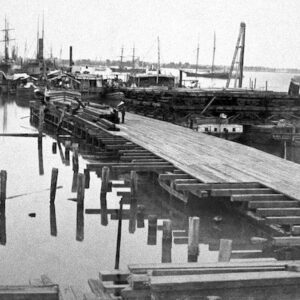
Image ID: AAHN
$3.99 -
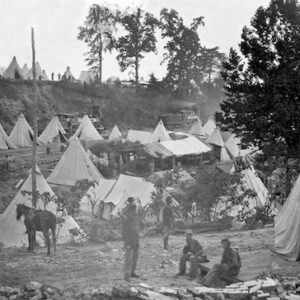
Image ID: AAHR
$6.99 -
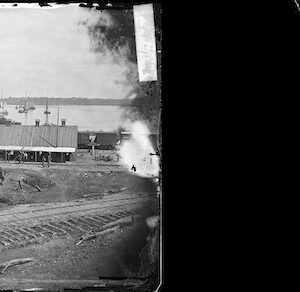
Image ID: AAHS
$4.99 -
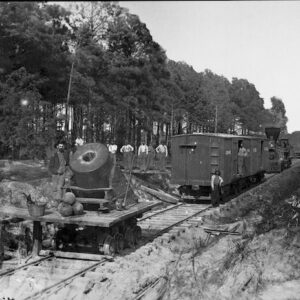
Image ID: AAHW
$6.99 -
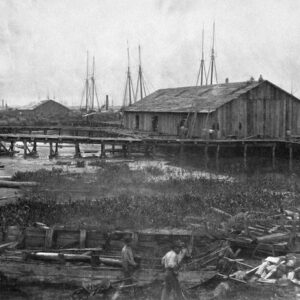
Image ID: AAHX
$3.99 -
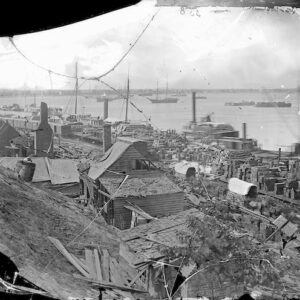
Image ID: AAHZ
$1.99 – $4.99 This product has multiple variants. The options may be chosen on the product page -
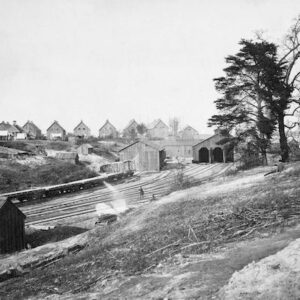
Image ID: AAIB
$6.99 -
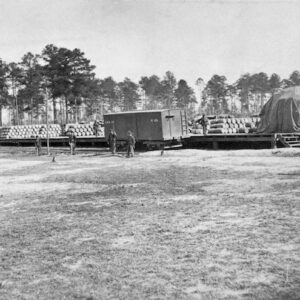
Image ID: AAIJ
$3.99 -
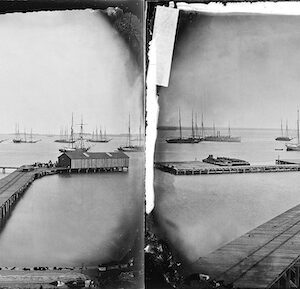
Image ID: AAIN
$3.99 This product has multiple variants. The options may be chosen on the product page -
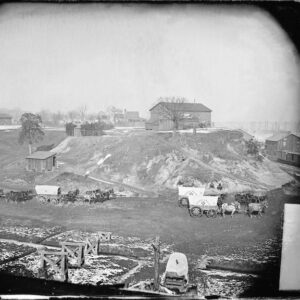
Image ID: AALJ
$4.99 -
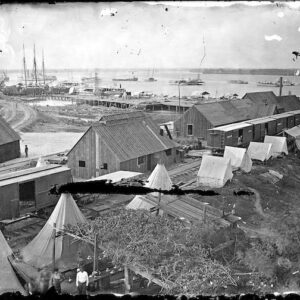
Image ID: AALL
$4.99 This product has multiple variants. The options may be chosen on the product page -
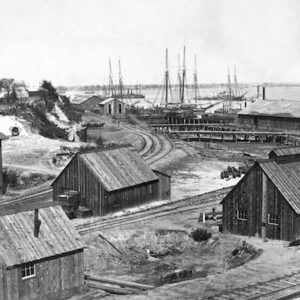
Image ID: AALO
$6.99 -
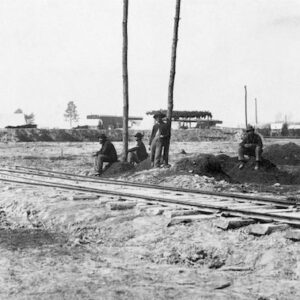
Image ID: AANE
$5.99 -
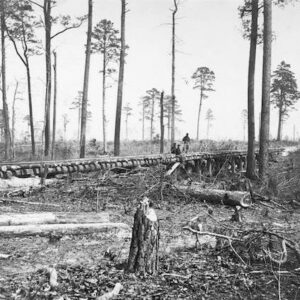
Image ID: AANF
$5.99 -
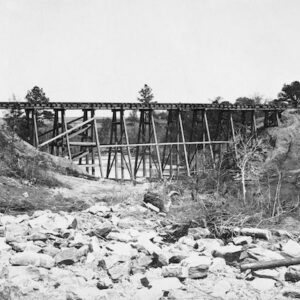
Image ID: AANG
$5.99 -
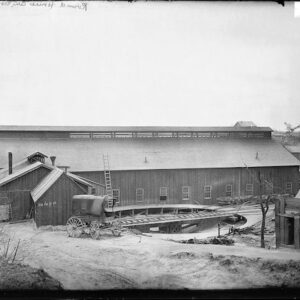
Image ID: AANO
$4.99 – $5.99 This product has multiple variants. The options may be chosen on the product page